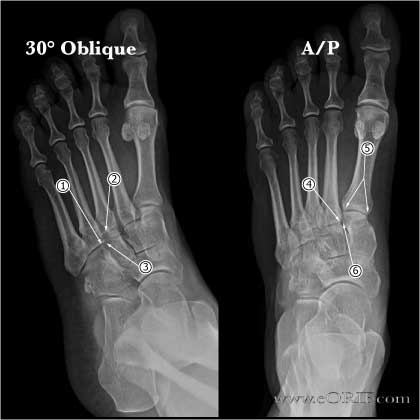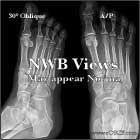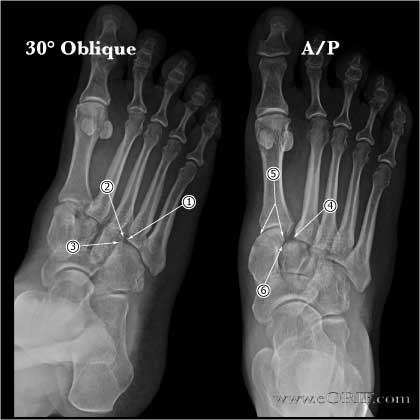|
synonyms:Lisfranc fracture, lisfrance fracture-dislocation, tarsometatarsal joint injury, tarsometatarsal fracture-dislocation, tarsometatarsal dislocation LisFranc ICD-10
A- initial encounter D- subsequent encounter S- sequela
LisFranc Etiology / Epidemiology / Natural History
LisFranc Xray / Diagnositc Tests
LisFranc Classification / Treatment
LisFranc Associated Injuries / Differential Diagnosis
Lisfranc Results
° |




